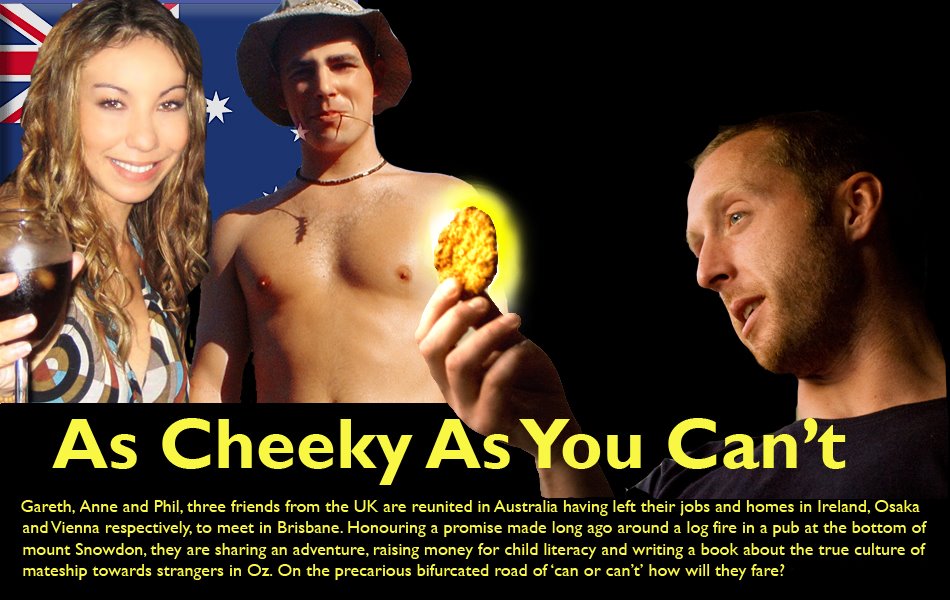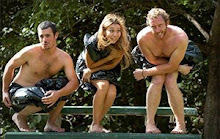The chemical Bufotenin excreted from the glands behind the eyes of a cane toad is classified, just as heroin, as a Class 1 drug under Australian drug laws. Toad licking could result in serious illness or death and many a pet dog has fell prey to these unappetising poison bags. Apparently the toxic skin has been smoked to obtain hallucinogenic effects, but after seeing a multitude of these vulgar cretins with white puss squirting out, it is certainly not something I have ever found myself compelled to do. Pets and animals eating the creatures become sick and die and so the cane toad has become something of a national focus for hatred and disgust. Thriving in conditions where they have no natural predators, and with the ability to kill most native wildlife in Australia when ingested, this introduced species has become one of Australia’s biggest mistakes.
The cane toad front is something that has been closely watched by a nation, especially farmers and nature conservationists can be watched on Australian TV after the weather. Native to Central and South America, the cane toad was introduced to Australia to help eradicate the cane beetle in 1935, the idea being they would eat all the cane beetles leaving the crops pest free without the use of pesticides. However, the cane beetles live on the top of the crops and guess what, because of its voracious and unselective appetite, the cane beetle is too fat to climb up and get them.
The migration of the cane toad from its introduction area in Queensland has been rapid. As we passed through quarantine at the state boarder for Western Australia we saw signs all over advising that vehicles must be checked for cane toads. On the table by the checkpoint a fat, sorrowful pickled specimen squashed into a large yet still too small jar is on show for those who don’t know what a cane toad looks like. As I asked the boarder security guys about the cane toad they advised me that it would not be long now before the cane toad is upon them anyway, they are merely kilometres away from the check point. As it happens, we were in Western Australia a matter of days before there was a report on the evening news showing a lowly single cane toad hoping over the state boarder before it was caught and put in a jar next to the one I had asked about, the first of many to come crossing through to Western Australia.
“The impact of the cane toad, if allowed to happen, will literally destroy one of the last unique biodiversity wilderness frontiers in Australia," Lee Scott-Virtue. Kimberley Specialists in Research.
In April 2005, in an attempt to give Australian native species a fighting chance against the cane toads, Dave Tollner, a Northern Territory Member of Parliament, called for legalisation of attacking cane toads.
Queensland has galvanised residents into taking part in mass culls.Townsville council encouraged people to track down and bag up the toads in an event called Toad Day Out, where live animals were taken to a collection point the following day, weighed and either frozen or gassed to death, with the carcasses turned into fertiliser.
"The cane toad is probably the most disgusting creature and the most destructive creature," said Queensland politician Shane Knuth, who came up with the Toad Day Out idea. "They're killing our native wildlife, they're taking over our habitat and they're hopping all through this country." Those who criticise claim that freezing is a more humane way to kill cane toads rather than hitting them with cricket bats, but as I watched a conscientious member of the public collect dozens of toads from around his house in plastic bags and place them in a bucket, the odd plastic bag escaping the bucket, hopping off blindly around the kitchen until the fish fingers were moved over to make room in the freezer, I couldn’t help but wonder if freezing was actually any kinder at all.


















